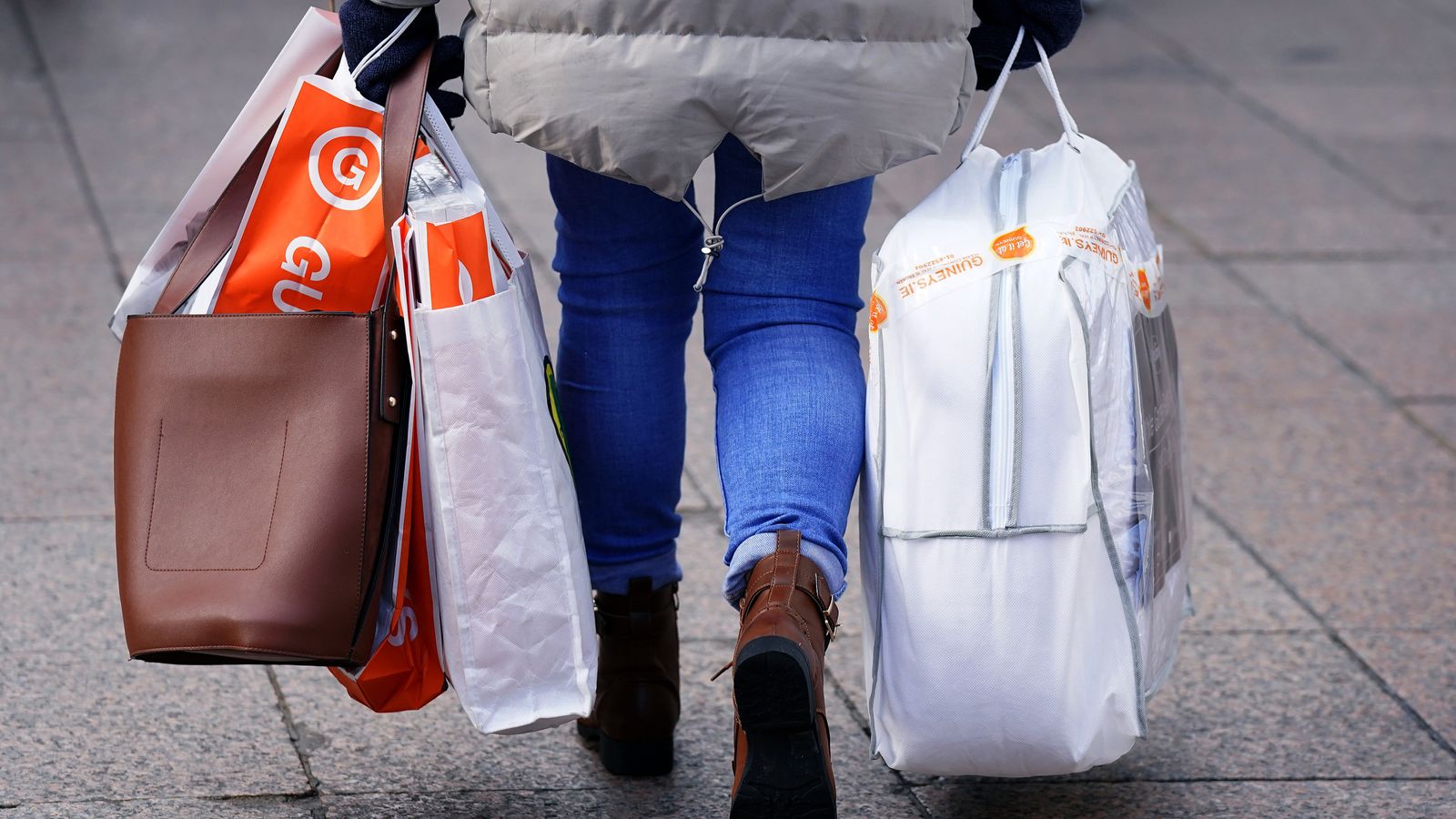September saw the slowest retail sales growth since shops reopened post-COVID restrictions due to a combination of inflation, economic crisis and an uexpected bank holiday, figures show.
In-store and online sales increased by just 2.8% in September on last year, according to BDO’s High Street Sales Tracker (HSST).
It comes after a similar poor set of results in August, which was the previous lowest post-COVID performance for retail sales.
The month began with sales up 3.9% and peaked in the second week at 4.9%, before falling to 2.8% and 1.3% in the third and fourth weeks respectively.
The fourth week saw a bank holiday to mark the Queen’s funeral.
Fashion sales were up just 6.7% on last September, when retailers would normally expect shoppers to be spending on their autumn and winter wardrobes.
Lifestyle sales were up a meagre 1.2%, even lower than those recorded in August, which was the sector’s previous worst performance since stores reopened in February last year.
September also saw disappointing results for the homewares sector, where sales fell by 6.3%, thought to be a reflection of consumers postponing bigger purchases after spending significant sums refreshing their homes during COVID lockdowns.
Read more: Spending calculator – see which prices have gone up or down
‘The one bright spot’
Sophie Michael, head of retail and wholesale at BDO, said: “While the overall like-for-like is not quite going backwards across all discretionary spending categories, it’s clear that it’s trending downwards.
“In addition, with the pound’s current level against the US dollar and euro, retailers that rely on imports are paying more for their products, eating into already slim margins.
“The one bright spot is that with the pound’s weakness, the UK becomes an attractive destination for overseas tourists doing their Christmas shopping. However, this is unlikely to provide much of a boost to retailers beyond flagship stores in major cities.
“Retailers will need to focus on mitigating these impacts, by making operational savings wherever possible, and being very smart with their product purchasing, keeping it relevant and focused on their target customer, thereby limiting the risk of high stockholdings at the end of the season.
“However, with such turbulence in the wider economy, there is only so much that retailers can do to preserve their business and there is therefore no doubt that the sector needs to brace for a harsh winter ahead.”
Footfall figures
Meanwhile, the latest football figures from the British Retail Consortium (BRC)-Sensormatic IQ show total UK footfall was down 9.8% in September on three years previously – a comparison designed to avoid COVID-related fluctuations – a 2.6 percentage point improvement from August.
High streets saw an 11.9% drop, while shopping centre visits fell 22.7% compared to three years ago.
BRC chief executive Helen Dickinson said: “Footfall reached its highest level since the onset of the pandemic, coming within 10% of its pre-pandemic levels.
“These figures belie the collapse in consumer confidence which has resulted in falling sales volumes throughout the year. Meanwhile, soaring cost inflation is leading to upwards pressure on prices.”







